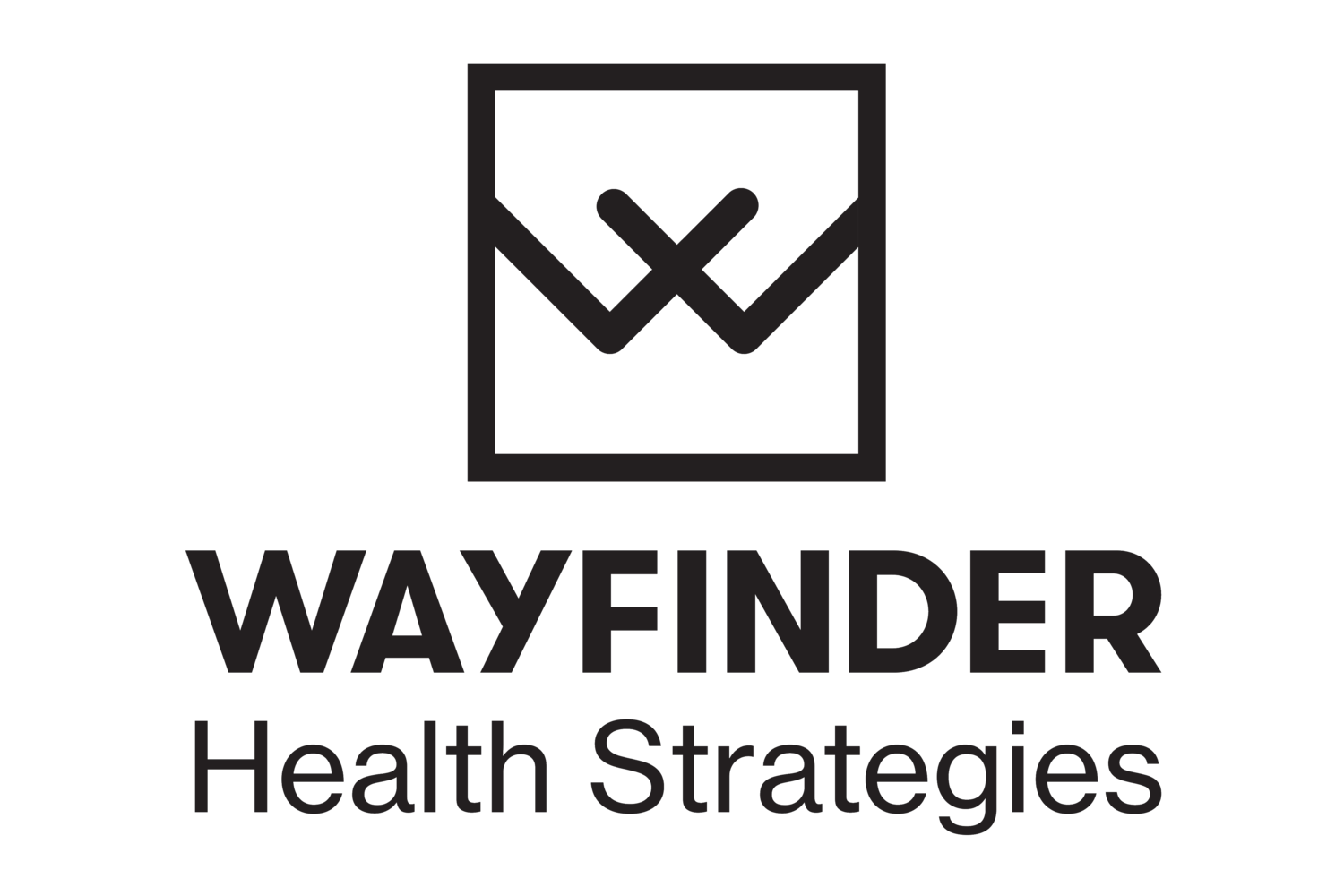Sometimes we fall into the trap of thinking that health literacy is only about individuals. Health literacy among patients is often discussed—but what does it take to build health literacy as an organization?
Health literacy refers to the skills that people use to make it easier to navigate, understand, and use information to help themselves or others in health situations. It’s a series of skills that everyone in the health sector can work on—whether you are a patient, provider or health-related organization.
Like people, organizations that seek to improve their stakeholders’ health need to have a strong command of how to find, understand and use health information. They also need to help empower people to decide for themselves what health information and services they need. A health literate organization is an organization that promotes health literacy among individuals—patients, providers, caregivers, and anyone else using health resources—and actively removes barriers to health literacy.
If you want to learn more about how to improve health literacy in your organization, read this seminal document—a white paper developed by participants of the Institute of Medicine Roundtable on Health Literacy.
And, as you’re considering what this means for your organization logistically, here are five things you can do now to build your organization’s health literacy:
Develop and deliver a brief health literacy presentation for your organization’s leadership—you’ll need to make a case for why health literacy should be a priority in terms of staff time and resources.
Use writing tools, like the CDC’s Clear Communications Index, systematically across the organization to ensure that health literacy is being addressed by all your content developers.
Consider hiring a certified health education specialist (CHES or MCHES). Individuals with this certification can fulfill a variety of organizational roles and have additional training in health literacy and health communications.
Make sure that vulnerable populations—including individuals with low health literacy—are considered in all strategic and operational plans, including your content strategy. You should plan to cover the same topics in multiple channels and in different ways—to best meet your audience’s learning and access needs.
Develop a hands-on health literacy workshop for content developers and reviewers throughout the organization and any health care providers.

